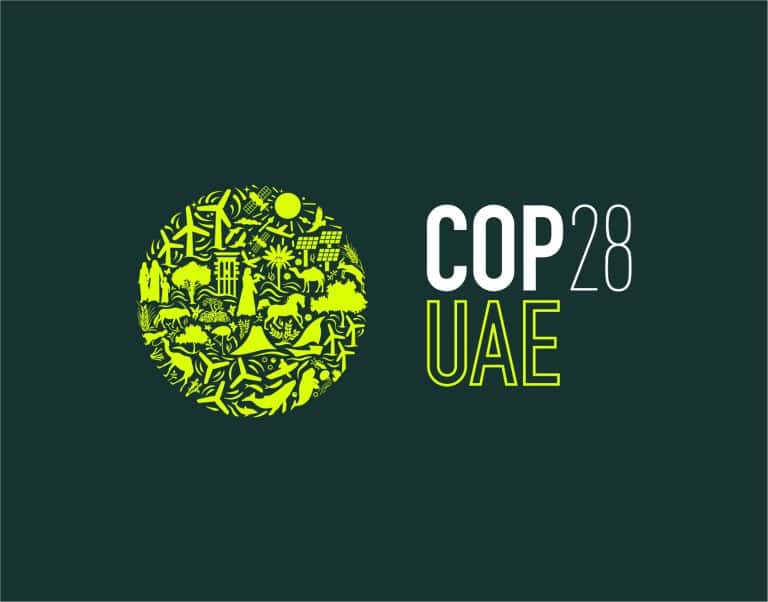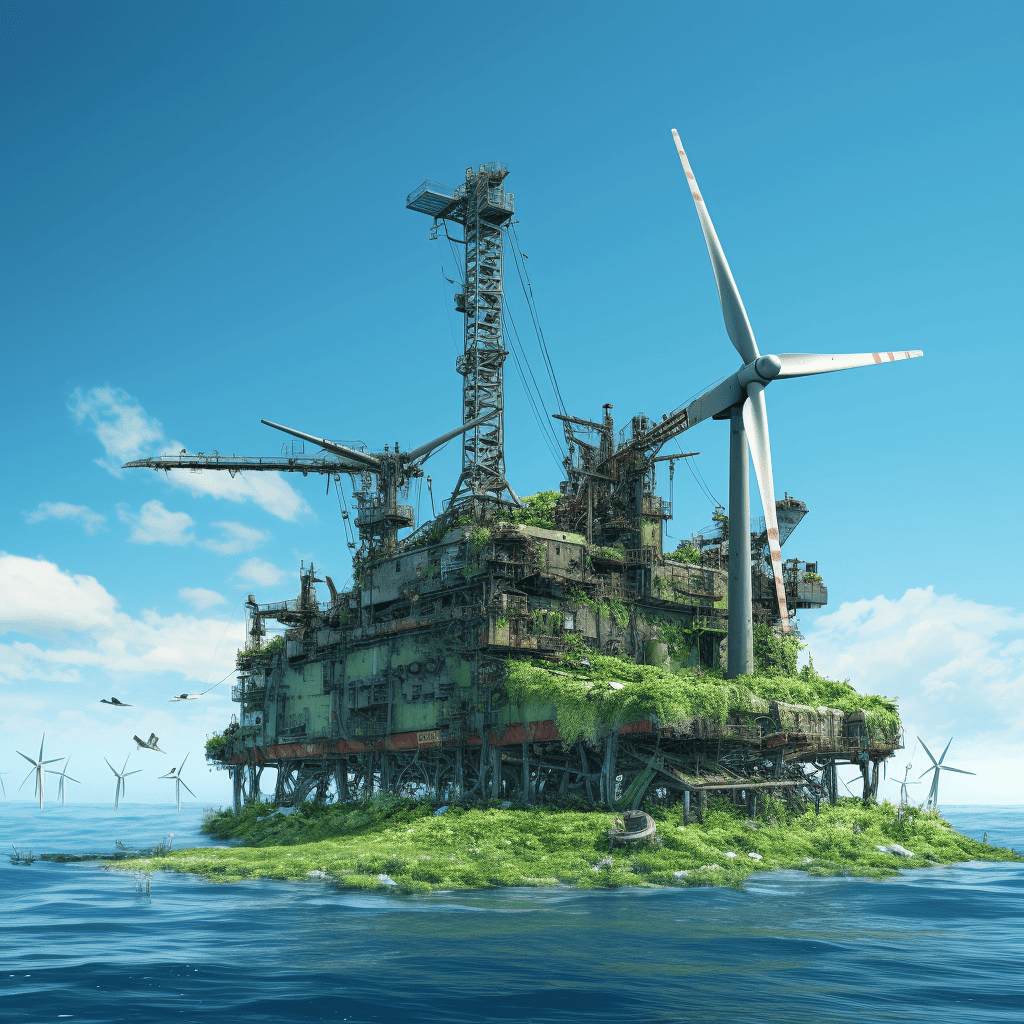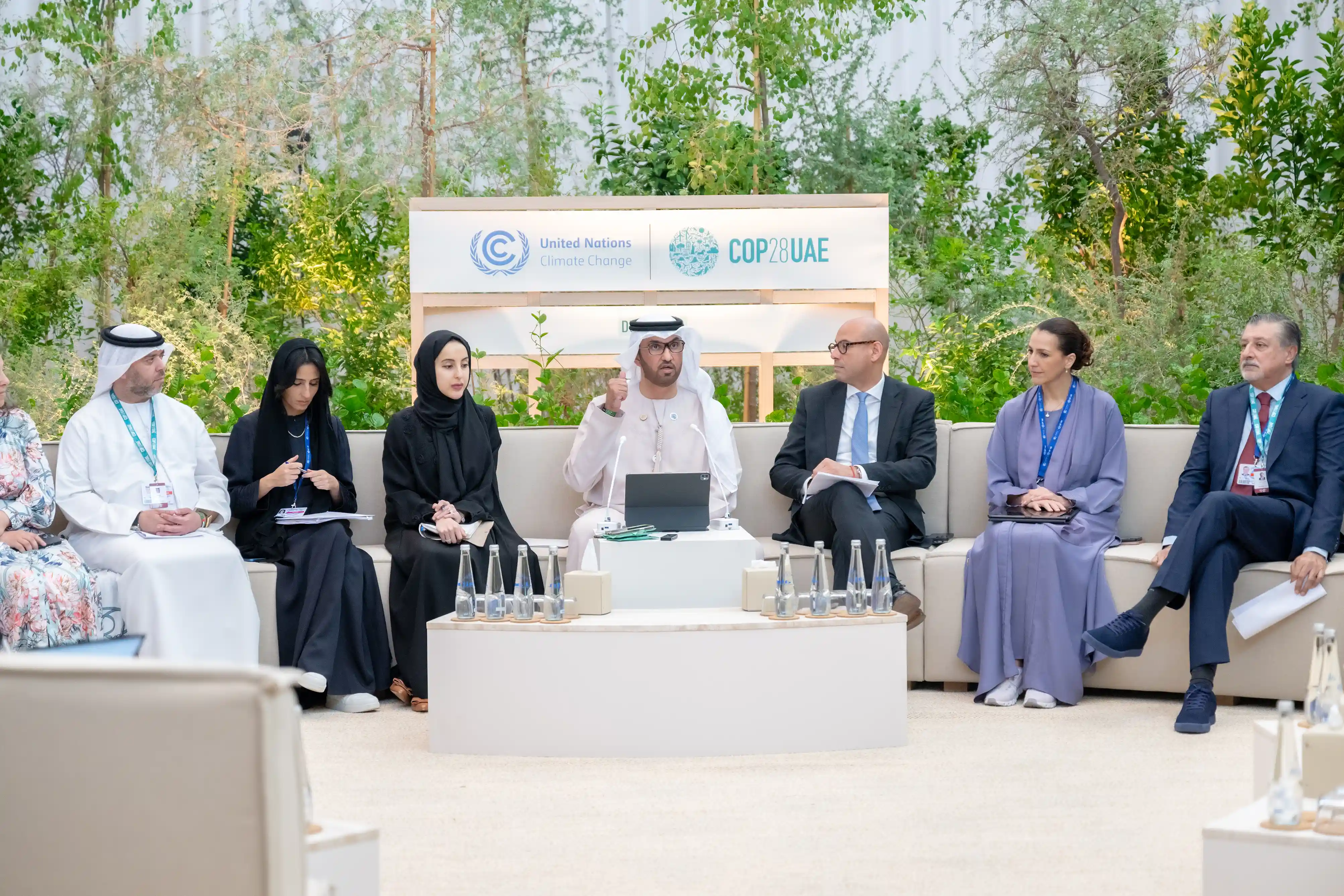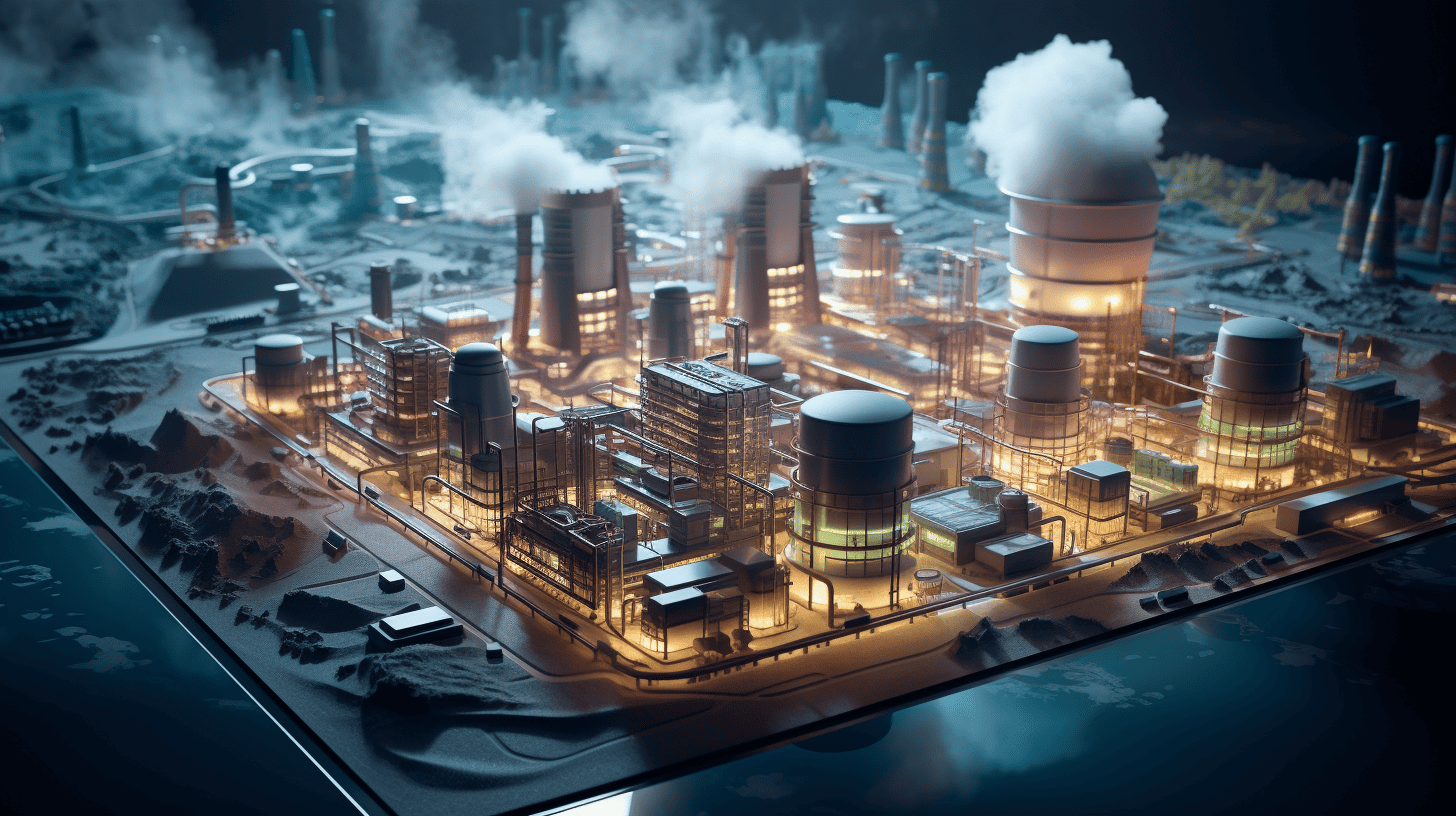
“Transitioning away from fossil fuels” is the key message that resonated throughout the media after the closing of COP28 negotiations in the United Arab Emirates. Countries agreed on a roadmap to phase out coal, oil, and gas. The agreement backers hailed the climate convention as the beginning of the end of fossil fuels. In moving away from fossil fuels, the nuclear industry wants to play as one of the lead characters.
- Climate convention COP28 ended last week, achieving an agreement to phase out fossil fuels;
- Moreover, 22 countries signed a declaration to triplicate nuclear energy capacity by 2050;
- China is the country investing in nuclear power the most.
During the Dubai convention, 22 countries agreed on tripling nuclear energy capacity by 2050. The group, led by the United States and France – the United Kingdom, the Netherlands, Canada, and Japan are also part of the cohort – signed a declaration recognizing the role of nuclear energy in reaching the goal of limiting temperature increase to 1.5 Degrees Celsius.
Nuclear power remains a controversial topic. Atom backers see this form of power as a stable energy source with a predictable output. Besides, thanks to the advancements of the last decades, they also see lower risk levels. Those against nuclear energy raise the point of waste management and the high costs needed to build new plants. Citizen acceptance comes as another hurdle in developing new nuclear projects. The European Union classifies nuclear power as a source of low-carbon electricity, recognizing its role in the energy transition. But what’s the weight of nuclear power in today’s global electricity production?
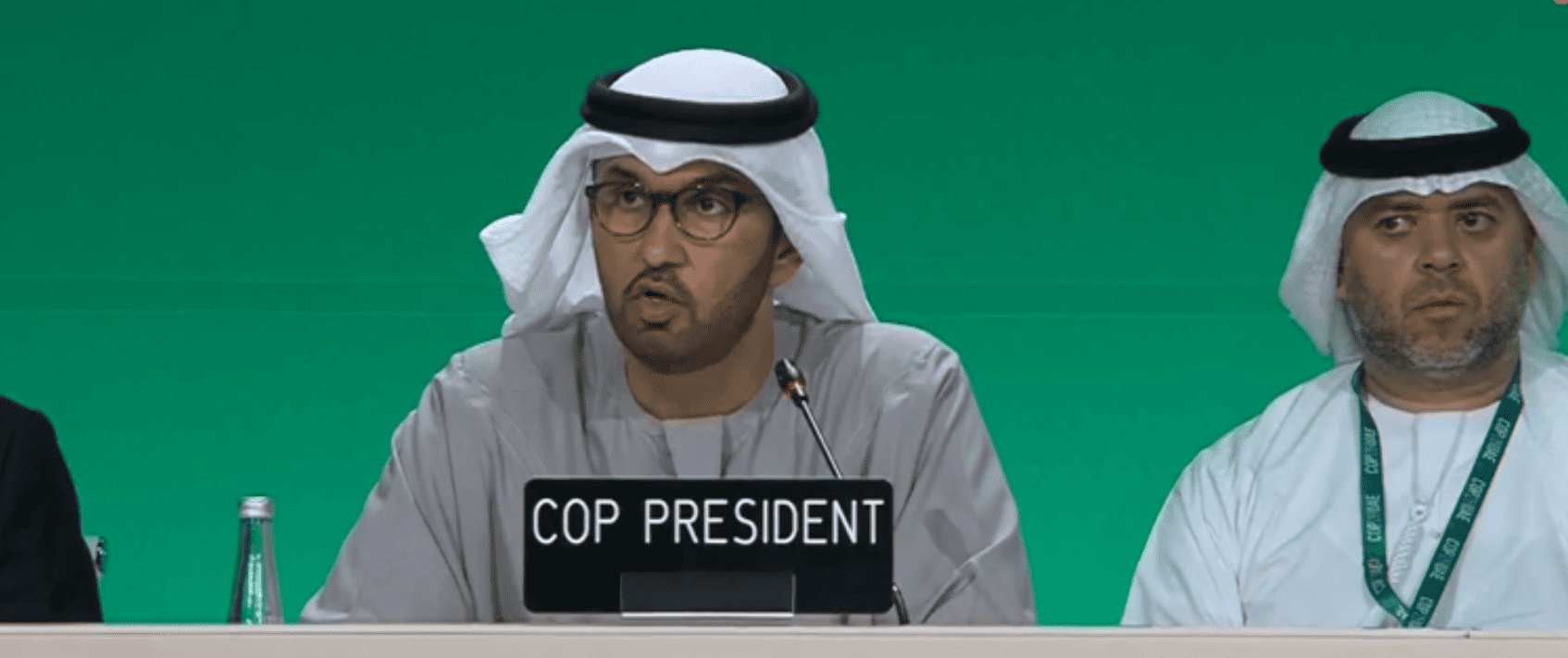
Nuclear production is stable but less important
As shown in the area chart below, nuclear power generated around nine percent of global electricity in 2022. Data by think tank Ember shows how, since 2000, the amount of electricity generated through nuclear reactors remained the same. However, with the world producing in 2022 double the amount of energy it generated at the beginning of the millennium, the nuclear quota nearly halved. In 2000, nuclear accounted for nearly 17 percent of global electricity generation.
With the declaration, countries pledged to have nuclear energy supply nearly a third of the world’s electricity in less than thirty years. However, new nuclear installations went slower than in the past over the past few decades. The time to get new reactors online can span up to a decade. The median construction time in 2022 was 89 months, equivalent to seven years and five months, but it reached higher peaks in 2019 with 117 months – almost ten years. While China can add ten to eight reactors per year, things aren’t the same in Europe, where the largest plant, Finland’s OL3 reactor, took 18 years to be completed.
Who signed the declaration?
The countries that signed the declaration are the United States, Armenia, Bulgaria, Canada, Croatia, Czech Republic, Finland, France, Ghana, Hungary, Jamaica, Japan, Republic of Korea, Moldova, Mongolia, Morocco, Netherlands, Poland, Romania, Slovakia, Slovenia, Sweden, Ukraine, United Arab Emirates, and the United Kingdom.
China drives nuclear developments
As of today, most of the nuclear plants being built are in Asia, by two countries that didn’t sign the declaration. China is, as of November 2023, according to data from the World Nuclear Association, building 25 reactors totaling over 28,000 megawatts of capacity. India is constructing eight new reactors, while the construction of two reactors in Japan was stopped. In Europe, France and Slovakia are constructing one, while the United Kingdom is building two.
China has planned the highest number of reactors in the coming years (43), followed by Russia, with 25, and India, with 12. Canada, one of the countries that signed the declaration, plans to build eleven reactors. In the maps below, you can see current and future nuclear developments.
Earlier this year, the International Atomic Energy Agency (IAEA) published its annual outlook for nuclear power in the coming decades, forecasting a quarter more nuclear energy installed by 2050 than it did in 2020. In the high-case scenario, nuclear capacity is seen more than doubling by 2050 to 890 gigawatts electric (GW(e)) compared with today’s 369 GW(e). The low-case scenario predicts a capacity increase to 458 GW(e). Yet, the report underlines how the financial, economic, and supply chain challenges could hamper the industry’s growth.
German unicum
Although most of the signatory countries are European, the EU’s largest economy, Germany, didn’t endorse the declaration. Berlin shut down its last operating reactor in April this year, bidding farewell to nuclear energy and investing in solar and wind energy. Yet, according to Nuklearia’s (a campaign group for nuclear power) chairman Rainer Klute, this might be a short U-turn. By 2028, the Atomic Energy Act will be revised, and nuclear power might make a comeback, he told DW.

Future developments
In 2022, scientists achieved an energy gain from nuclear fusion, the process of fusing atoms – current nuclear reactors work with fission technology, splitting the atom to release power. Different performing methods exist and are being explored by several companies worldwide.
Besides, small modular reactors (SMRs) are also emerging as an option for nuclear installation, with companies like Bill Gates’ TerraPower researching the technology. Plans for SMRs – plants of up to 300 MWh of power capacity, a third of conventional ones – are going ahead in Europe, too. Romania will be the first European country to have one of such plants, aiming for 2029 as the forecasted deployment timeline. As part of the Project-Phoenix – a US-Romanian partnership – the East-European will have a plant with six modules to replace coal-fired power stations. Slovakia, Czech Republic, and Poland qualified as the next project candidates, as per the US Special Presidential Envoy for Climate, John Kerry.
Nuclear power will probably remain a controversial topic. The COP28’s declaration comes as a bold statement by some of the main world actors. As more SMRs will be built and nuclear fusion studies will progress, other countries might increase their nuclear investments, too.



